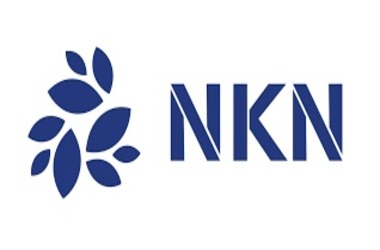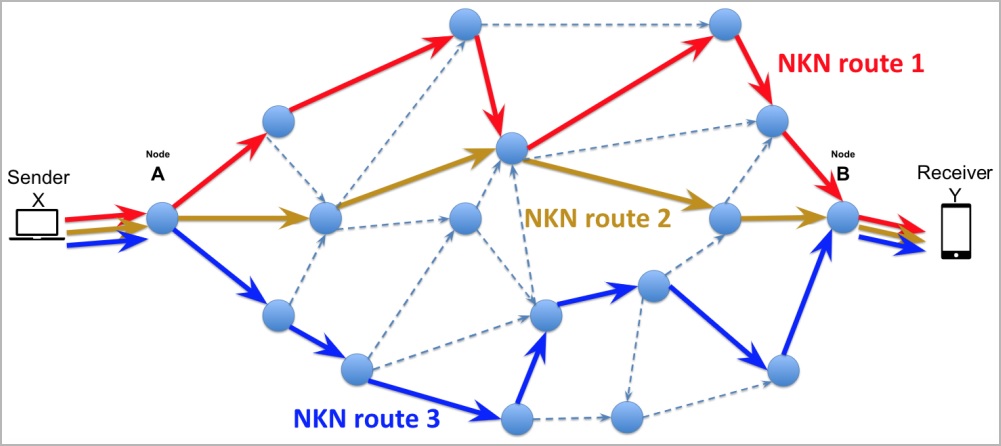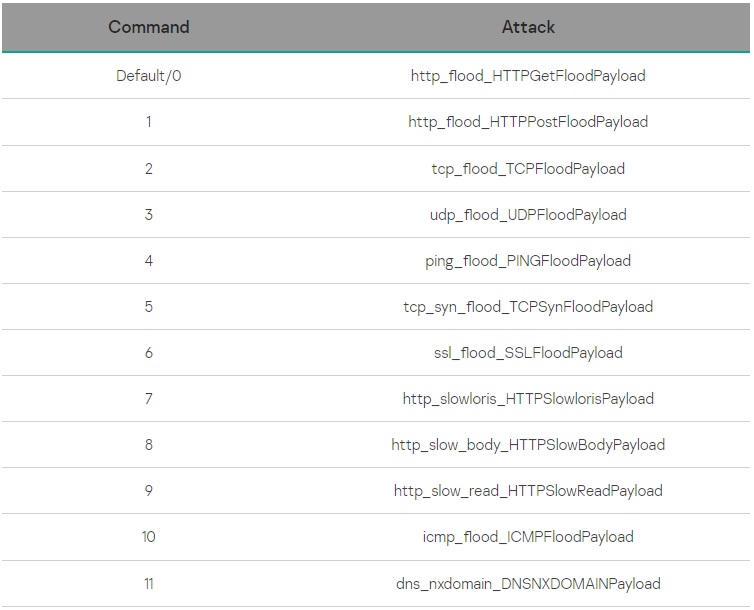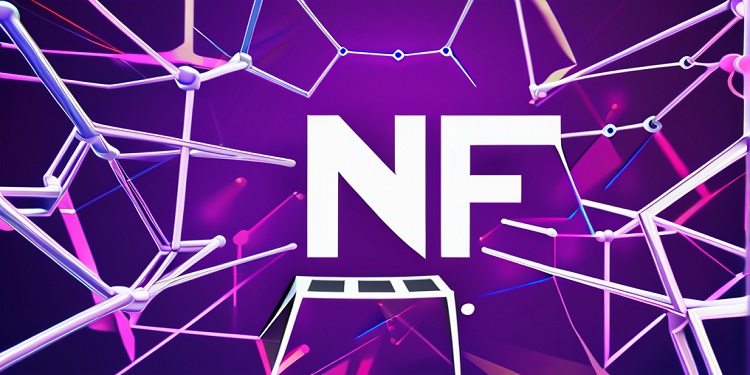 A recently discovered multi-platform malware named ‘NKAbuse,’ leveraging Go-based technology, has raised concerns as it marks the first instance of malware exploiting NKN (New Kind of Network) technology for data exchange. This innovative approach poses a stealthy threat, using NKN, a decentralized peer-to-peer network protocol built on blockchain technology, to conduct distributed denial of service (DDoS) attacks. This article explores the intricate details of NKAbuse, its modus operandi, and the challenges it poses to cybersecurity.
A recently discovered multi-platform malware named ‘NKAbuse,’ leveraging Go-based technology, has raised concerns as it marks the first instance of malware exploiting NKN (New Kind of Network) technology for data exchange. This innovative approach poses a stealthy threat, using NKN, a decentralized peer-to-peer network protocol built on blockchain technology, to conduct distributed denial of service (DDoS) attacks. This article explores the intricate details of NKAbuse, its modus operandi, and the challenges it poses to cybersecurity.
The NKN Technology Landscape:
NKN, a decentralized peer-to-peer network protocol, operates by leveraging blockchain technology to efficiently manage resources and establish a secure and transparent model for network operations. With the primary goal of optimizing data transmission speed and latency across the network, NKN achieves this by calculating efficient data packet travel paths. Individuals can participate in the NKN network by running nodes, contributing to its robustness, decentralization, and capacity to handle high volumes of data.

NKAbuse: Targeting Linux Systems in Specific Regions:
Kaspersky reports the discovery of NKAbuse, a novel malware that primarily targets Linux desktops, with notable infection instances identified in Mexico, Colombia, and Vietnam. The malware exploits an old Apache Struts flaw (CVE-2017-5638) to compromise Linux systems, demonstrating its adaptability by supporting multiple architectures, including MIPS, ARM, and 386.

NKN Exploitation for DDoS Attacks:
NKAbuse stands out by abusing NKN to launch DDoS attacks, characterized by their difficulty to trace and likelihood of evading detection by conventional security tools. The malware utilizes the NKN public blockchain protocol to execute flooding attacks and establish a backdoor within Linux systems. Its communication with the bot master through NKN allows it to send and receive data, while the ability to maintain multiple concurrent channels adds resilience to its communication line.
Versatile Capabilities: A Unique Threat in the DDoS Botnet Space:
Beyond its DDoS capabilities, NKAbuse functions as a remote access trojan (RAT) on compromised systems. This versatility enables its operators to execute commands, exfiltrate data, and capture screenshots. The amalgamation of these capabilities distinguishes NKAbuse in the DDoS botnet space, presenting a unique and adaptive threat.

Challenges in Defending Against NKAbuse:
The use of blockchain technology by NKAbuse introduces significant challenges in defending against this threat. The technology guarantees availability and obfuscates the source of attacks, making it inherently difficult for traditional defense mechanisms to counteract NKAbuse effectively.
Conclusion:
NKAbuse’s exploitation of NKN for conducting DDoS attacks marks a significant development in the evolving landscape of malware threats. Its innovative use of blockchain technology introduces complexities in defense strategies, emphasizing the need for adaptive cybersecurity measures to counteract this stealthy and versatile malware. As security experts grapple with these challenges, the cybersecurity community remains vigilant in the face of evolving threats such as NKAbuse.








